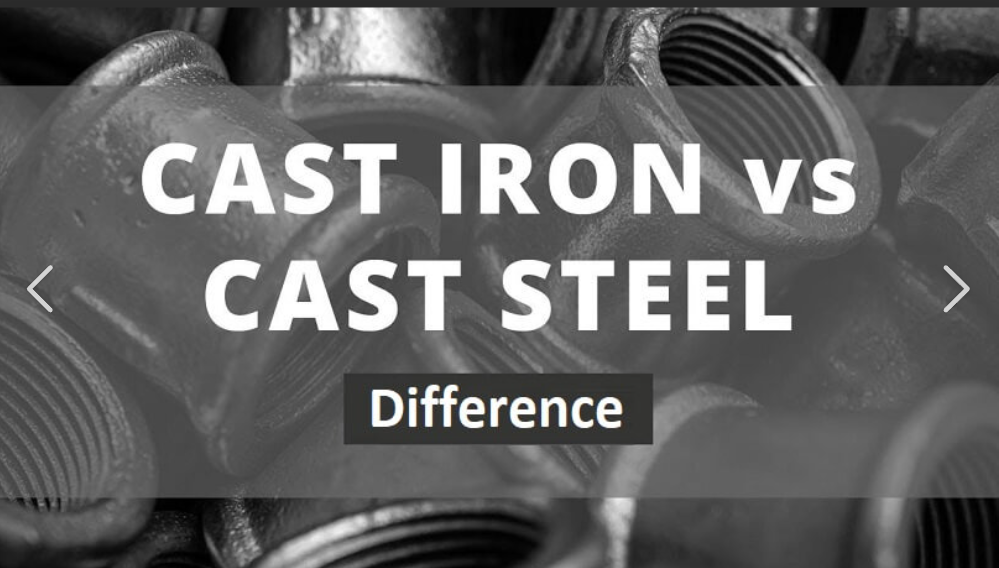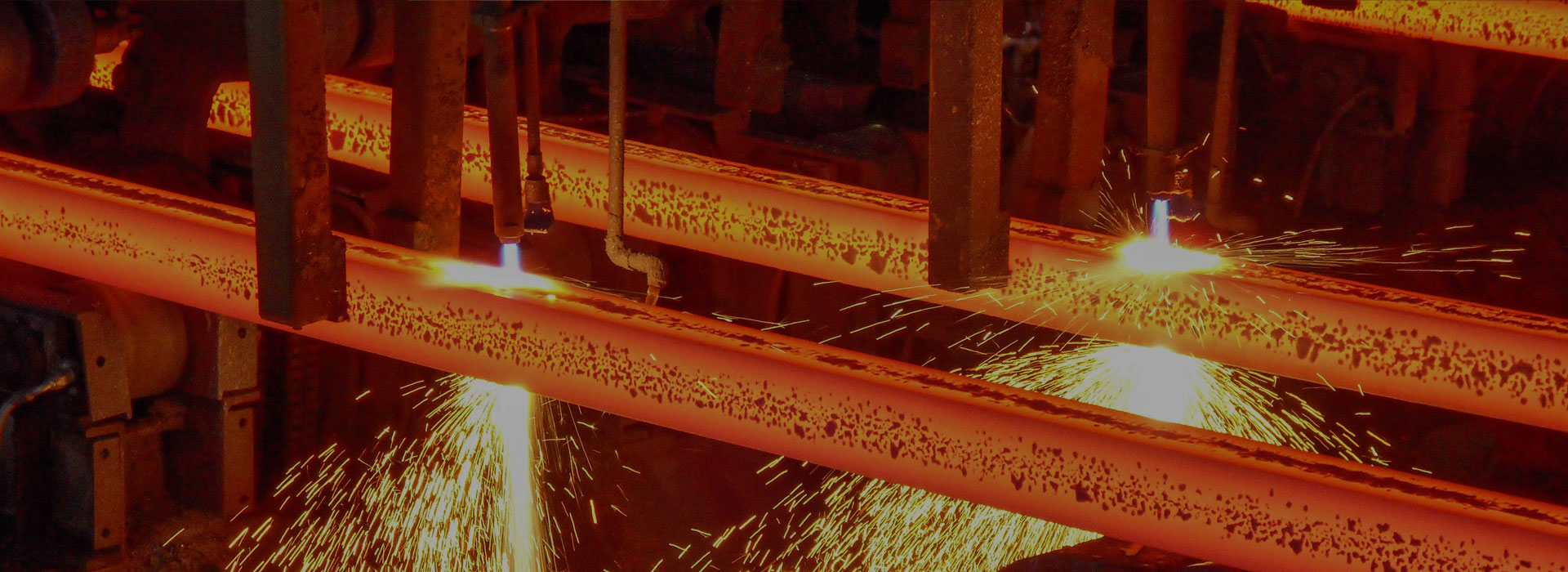Differences Between Cast Iron and Cast Steel
2024-07-01
Cast iron and cast steel are both materials commonly used in the manufacturing industry for a variety of applications. Here are some key differences between cast iron and cast steel:
Composition:
Cast iron is primarily made up of iron, carbon, and silicon. It typically contains 2-4% carbon and 1-3% silicon, with the remaining composition being iron and trace amounts of other elements.
Cast steel, on the other hand, is made up of iron and a smaller amount of carbon, typically less than 1%. It may also contain additional alloying elements such as chromium, nickel, and manganese.
Strength and Toughness:
Cast iron is known for its high compressive strength, making it ideal for applications that require resistance to wear and deformation. However, it is brittle and has low impact resistance.
Cast steel, on the other hand, has higher tensile strength and toughness compared to cast iron. It is less brittle and more ductile, making it suitable for applications that require impact resistance.
Weldability:
Cast iron is more challenging to weld compared to cast steel due to its high carbon content, which can lead to cracking during the welding process. Specialized techniques such as preheating and post-weld heat treatment are often required for welding cast iron.
Cast steel is generally easier to weld due to its lower carbon content and better ductility. It can be welded using a variety of welding processes without the need for extensive preheating or post-weld treatment.
Machinability:
Cast iron is relatively easy to machine, due to its graphite microstructure and low thermal conductivity. However, it can be abrasive to cutting tools and may produce a rough surface finish.
Cast steel, especially low-alloy steels, is also machinable but may require higher cutting speeds and feed rates compared to cast iron. It typically produces a smoother surface finish.
Cost:
Cast iron is generally cheaper to produce compared to cast steel, making it a cost-effective option for many applications.
Cast steel tends to be more expensive due to the additional alloying elements and the manufacturing process involved in achieving specific mechanical properties.
In summary, cast iron is known for its high compressive strength and wear resistance, while cast steel offers higher tensile strength, toughness, and impact resistance. The choice between cast iron and cast steel will depend on the specific requirements of the application in terms of strength, toughness, machinability, and cost.




